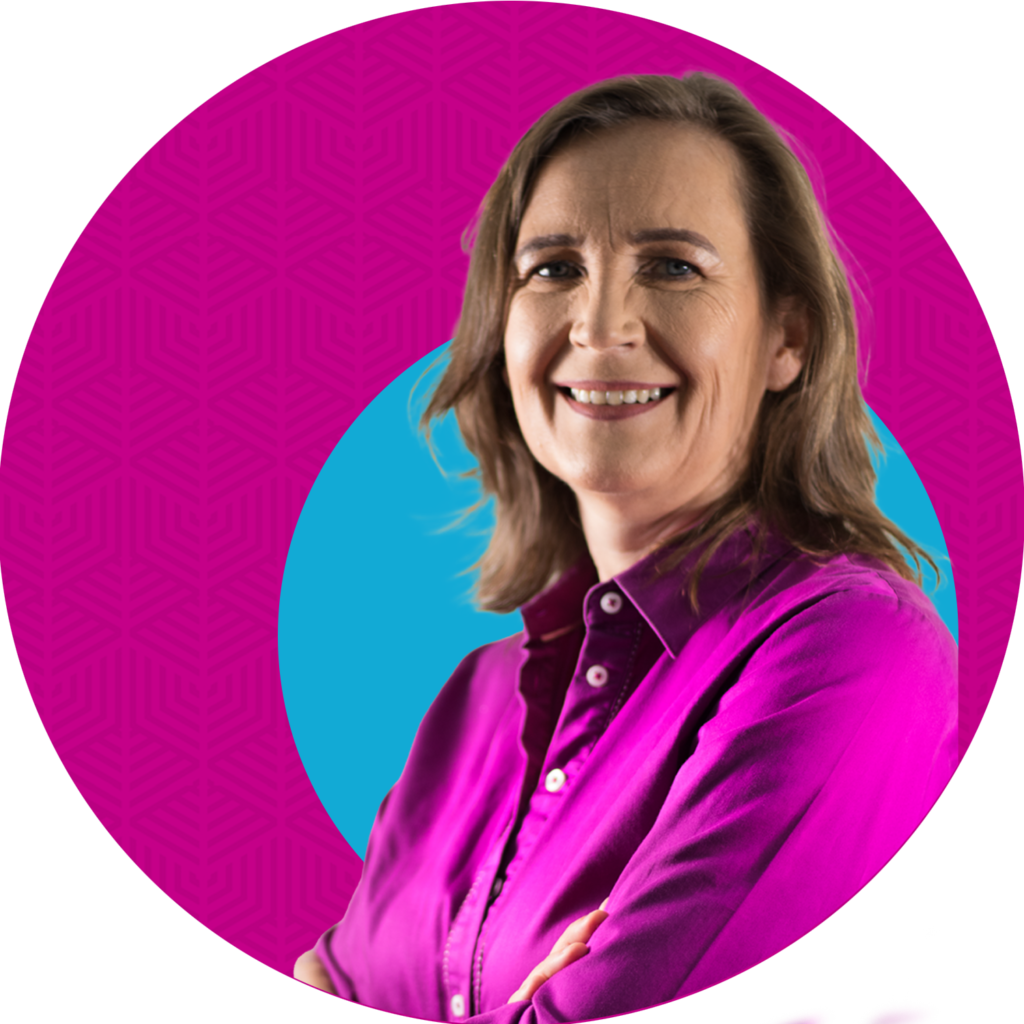From Friction to Function
Why are teams so afraid to work through conflict in the workplace? Why are we generally so afraid to even approach someone where we can sense conflicting emotions?” Conversations are the cornerstone of any organisation!”
It’s been proved that “In a working environment where people have disparate outlooks toward the same problems, disagreements are bound to happen.” We’ve seen it through demonstrations from great orators, good or bad; conversations shape reality, fostering collaboration and driving progress. But what happens when those conversations become laced with friction?
Disagreements, differing opinions and intense emotions are inevitable in the high-stakes business world. Here’s where conflict, which we often see as a negative force, can become a catalyst for growth and a springboard for a more effective team.
We explore the “why” behind conflict in the workplace, delving into the underlying assumptions that fuel disagreements. With the right awareness and tools, you can unveil the hidden “gift” conflict offers and how you can empower employees to navigate friction and transform it into a force for good.
Why Does Conflict Arise? An Ontological Lens
Research by Schein highlights the power of conversation in shaping organisational realities. Our “way of being” – our ontological framework – plays a crucial role in how we interpret information and other’s actions. Therefore, it plays a critical role in engaging with one another. These frameworks, often unconscious, are built on our past experiences, value systems, and beliefs.
Clashes can arise when individuals with different ontologies (ways of being) come together in the workplace. For example, a team member with a strong focus on efficiency might prioritise completing tasks quickly. Another relational personality, valuing indepth connection, might take more time for consultation. These contrasting approaches can lead to friction.
Furthermore, miscommunication, fueled by different “languages” (verbal and non-verbal), exacerbates conflict. Language, as highlighted by the WOB (Way of Being) Framework (2), serves not just to convey information but also shapes our understanding and actions. A seemingly innocuous comment, interpreted differently by another, can ignite a firestorm.
Teams who ‘play nice’ and avoid conflict do not hold each other accountable, and this often shows up in team execution, delivery and results.
The Gift of Conflict: Unveiling the Hidden Potential
Conflict, though uncomfortable, can be a powerful tool for growth and innovation. Here’s how:
- Unveiling Blind Spots: Conflict exposes our assumptions about ourselves, our colleagues and the situation. By recognising these blind spots, we can broaden our perspectives, creating space for empathy and understanding.
- Sparking Innovation: Differing viewpoints challenge the status quo and ignite creative problem-solving. Friction can lead to better solutions that benefit from diverse perspectives.
- Building Stronger Relationships: Navigating conflict constructively fosters trust and respect. By working through disagreements, team members learn to communicate more effectively and appreciate each other’s strengths.
It is only possible for the above to be a gift when trust already exists. Patrick Lencioni’s work demonstrates that if trust does not exist, we’re not open to engaging with a sense of curiosity and openness to the ‘other’. If we have trust and conflict occurs, we have the foundation from which to resolve it. These benefits, however, aren’t automatic. A shift in approach is needed to unlock the positive potential of conflict.
From Friction to Function: The Power of Coaching
Coaching, grounded in an ontological framework, equips employees with the tools to transform friction into a force for good. This approach focuses on:
- Self-Awareness: Through coaching techniques, individuals gain a deeper understanding of their own way of being – their beliefs, triggers, and how these impact their behaviour. Unpacking these hidden patterns allows for a more conscious approach to communication and interaction.
- Emotional Intelligence: Coaching helps individuals recognise their own emotions and how they influence their behaviour. Additionally, they learn to identify and manage the emotions of others, fostering better communication and empathy.
- Shifting Language: By understanding how language and conversations shape reality, employees can choose words more carefully, building stronger relationships and promoting productive communication. This is beyond the words or language we use. Language is non-linear. It is not a simple formula of:
I speak + you listen = message delivered and understood.
There is also our “listening” to the world. We listen through our emotions, our triggers and our values which impacts the meaning we attach to other’s words and deeds.
Techniques like exploring Emotions Frameworks [3] help employees and teams recognise their emotion-states and how these can impact how they engage with the world. Individuals have emotions, but teams and organisations also have emotion-states which either open them up to or close them down to opportunity. One of these being the opportunity of approaching conflict with greater clarity and purpose by managing these emotion-states.
Thriving Through Conflict
Conflict is a natural part of any dynamic and high-performing team. You can empower employees to navigate friction productively. This approach cultivates self-awareness, emotional intelligence, and the ability to use language effectively. The “gift” of conflict becomes clear – a catalyst for personal growth, stronger relationships, and a thriving team. It allows for a culture of holding each other accountable, surfacing concerns and resolving challenges.
References:
[1] Schein, E. H. (1992). Organisational culture and leadership. John Wiley & Sons.
[2] Coaching with the WOB Framework:
[3] Alan Seiler: Emotions Framework


